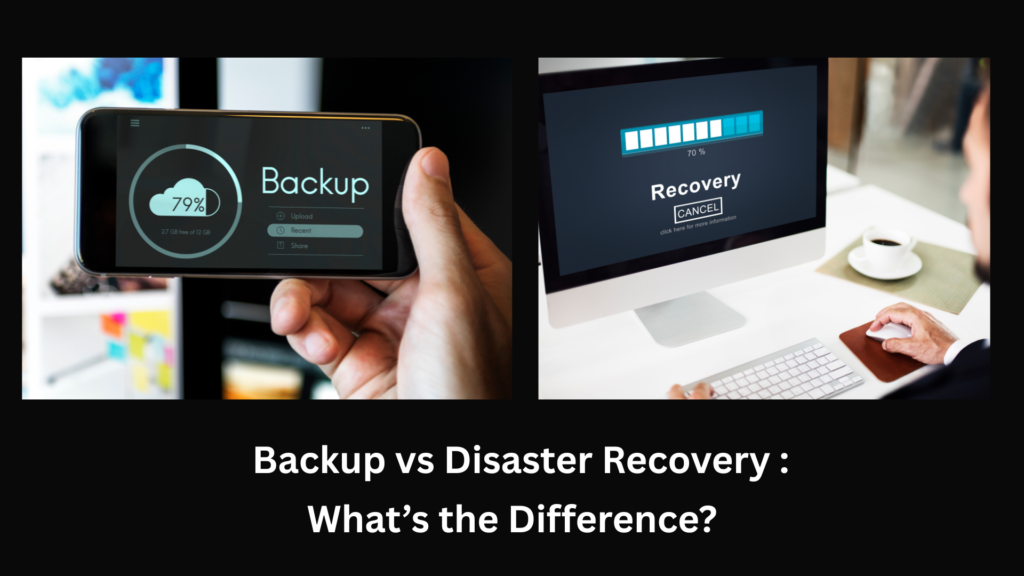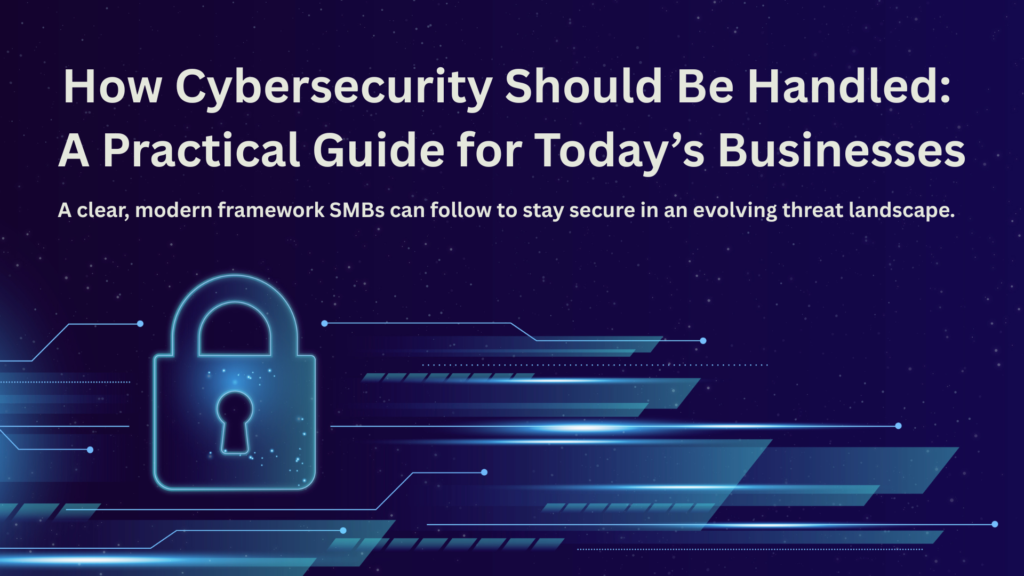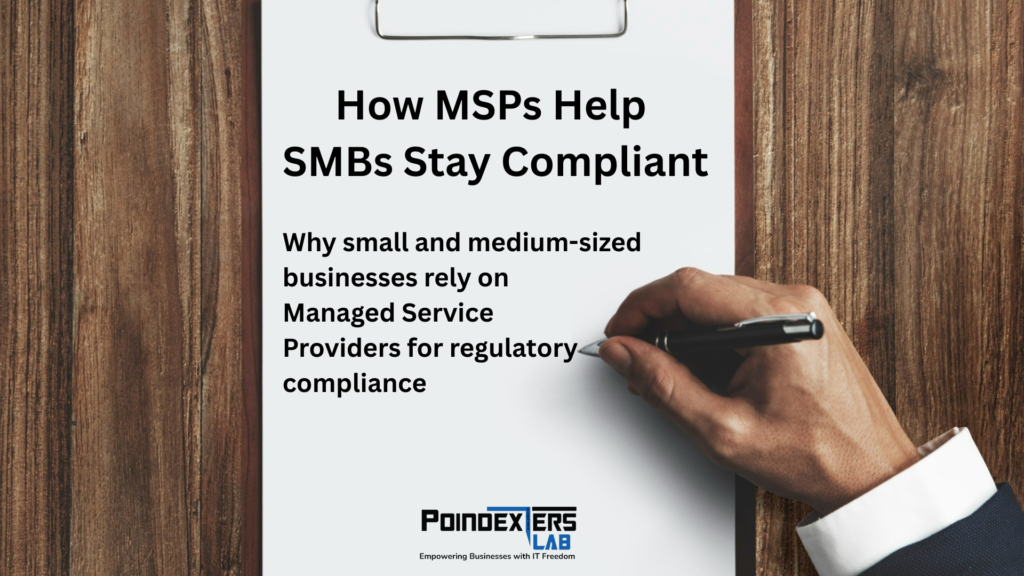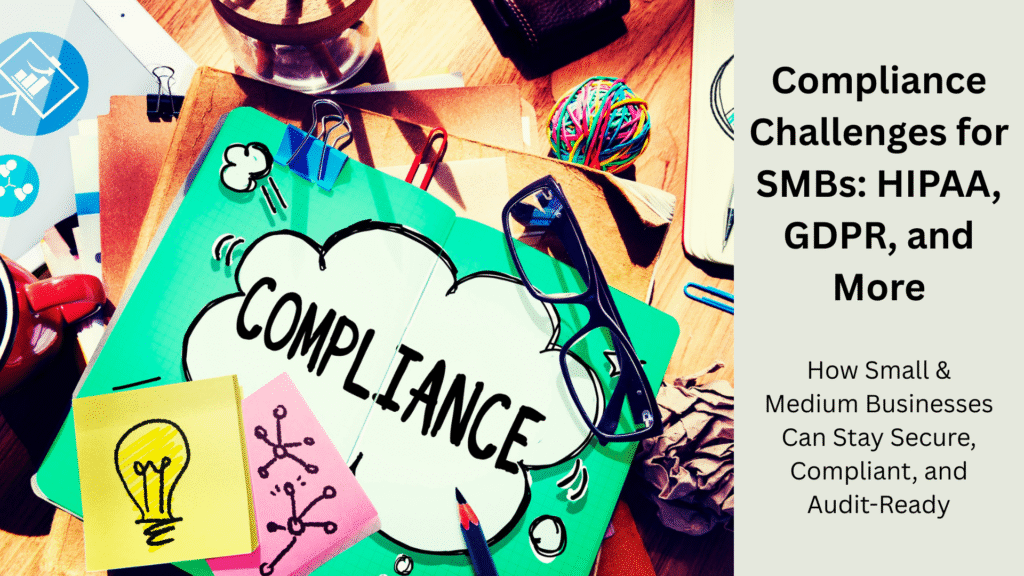The Evolution of Ransomware: New Tactics and Prevention Strategies
Poindexters Lab
August 9, 2024
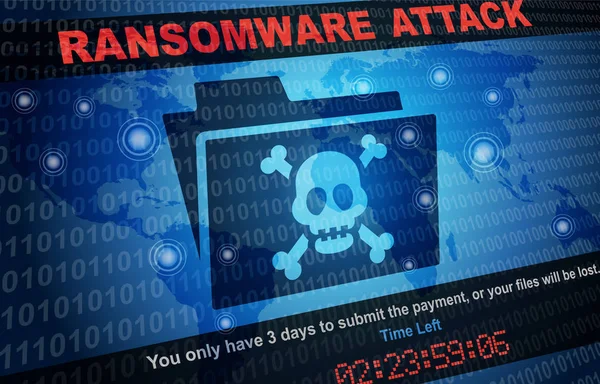
Ransomware has become one of the most notorious and devastating cyber threats in recent years, evolving rapidly in both complexity and impact. What started as relatively straightforward attacks demanding payment in exchange for data access has transformed into sophisticated operations that can cripple organizations worldwide. As ransomware continues to evolve, so too must the strategies used to prevent and mitigate its damage. In this blog, we’ll explore the evolution of ransomware, the new tactics being employed by cybercriminals, and the most effective prevention strategies to protect your organization.
The Evolution of Ransomware
1. The Early Days: Simple Lockers
Ransomware first gained prominence in the early 2000s with the emergence of simple locker ransomware. These attacks would typically lock users out of their devices or files, displaying a message demanding payment to restore access. While disruptive, these early forms of ransomware were relatively easy to remove with the right tools.
2. The Rise of Cryptoware
In the early 2010s, ransomware took a more dangerous turn with the rise of cryptoware, which encrypted victims’ files using strong encryption algorithms. Notable examples include the infamous Cryptolocker and WannaCry. These attacks made it nearly impossible to recover data without the decryption key, pushing victims to pay the ransom.
3. Ransomware-as-a-Service (RaaS)
As ransomware became more lucrative, the concept of Ransomware-as-a-Service (RaaS) emerged. RaaS platforms allow even non-technical cybercriminals to launch ransomware attacks by providing them with ready-made ransomware kits. This democratization of ransomware has led to an explosion in the number and variety of attacks, targeting both large corporations and small businesses alike.
4. Double and Triple Extortion
In recent years, ransomware groups have adopted new extortion tactics to increase their chances of getting paid. Double extortion involves not only encrypting the victim’s data but also exfiltrating it and threatening to publish it if the ransom isn’t paid. Triple extortion takes this a step further by targeting the victim’s customers, partners, or suppliers with additional demands, creating a cascading effect of pressure.
5. Targeted Attacks and Big Game Hunting
While early ransomware attacks were often indiscriminate, modern ransomware operations are highly targeted, focusing on organizations with the ability to pay large ransoms. This tactic, known as “big game hunting,” involves extensive reconnaissance and customized attacks designed to exploit specific vulnerabilities within high-value targets.
New Tactics in Ransomware Attacks
1. Supply Chain Attacks
Ransomware attackers are increasingly targeting supply chains, using trusted third-party vendors or service providers as a way to infiltrate multiple organizations at once. This tactic was notably used in the Kaseya attack, which affected hundreds of businesses worldwide.
2. Fileless Ransomware
To evade traditional detection methods, some ransomware is now delivered as fileless malware. These attacks exploit vulnerabilities in legitimate software, running malicious code directly in memory without leaving any files on the disk. This makes them much harder to detect and remove.
3. Sophisticated Phishing Campaigns
Phishing remains one of the most common vectors for ransomware attacks, but cybercriminals have become more sophisticated in their approach. Modern phishing emails often appear highly credible, using personalized information and mimicking trusted sources to trick users into clicking on malicious links or downloading infected attachments.
4. AI and Automation
Some ransomware groups are beginning to use AI and automation to streamline their attacks. These technologies can be used to identify vulnerabilities, automate the deployment of ransomware, and even negotiate ransom payments with victims.
Prevention Strategies to Combat Ransomware
1. Regular Data Backups
The most effective defense against ransomware is to ensure that you have up-to-date backups of all critical data. Backups should be stored offline or in secure, segregated environments to prevent them from being encrypted or destroyed during an attack.
2. Advanced Threat Detection
Invest in advanced threat detection tools that use behavioral analysis and machine learning to identify suspicious activity and potential ransomware attacks. These tools can help detect ransomware before it has a chance to execute fully.
3. Patch Management
Keeping all software and systems up to date is crucial for preventing ransomware attacks. Ensure that your organization has a robust patch management process in place to quickly address vulnerabilities as they are discovered.
4. Employee Training and Awareness
Human error remains a significant factor in ransomware attacks. Regularly train employees on the dangers of phishing, safe email practices, and how to recognize suspicious activity. Empower them to report potential threats without fear of retribution.
5. Zero Trust Architecture
Implementing a Zero Trust architecture can limit the spread of ransomware within your network by continuously verifying and validating user access and device integrity. This minimizes the chances of ransomware moving laterally across your organization’s systems.
6. Incident Response Planning
Develop and regularly update an incident response plan specifically for ransomware attacks. This plan should outline the steps to take immediately following an attack, including isolating affected systems, communicating with stakeholders, and restoring operations from backups.
Conclusion:
Ransomware continues to evolve, becoming more sophisticated and damaging with each iteration. As cybercriminals develop new tactics, it is essential for organizations to stay ahead by implementing robust prevention strategies. By regularly backing up data, investing in advanced threat detection, maintaining up-to-date systems, training employees, and adopting a Zero Trust approach, your organization can significantly reduce the risk of falling victim to ransomware.
Staying informed and proactive is key to safeguarding your business in the face of this ever-growing threat. For more information on how to protect your organization from ransomware attacks, contact us today.


